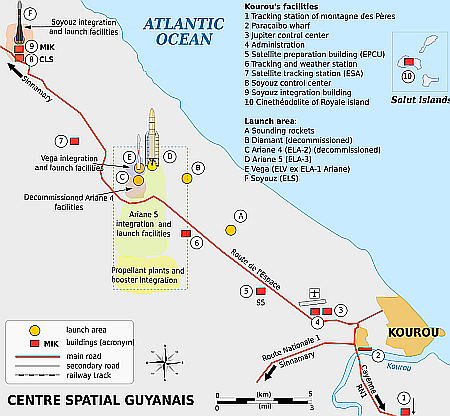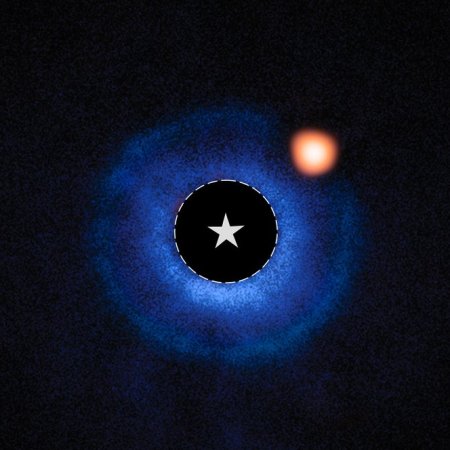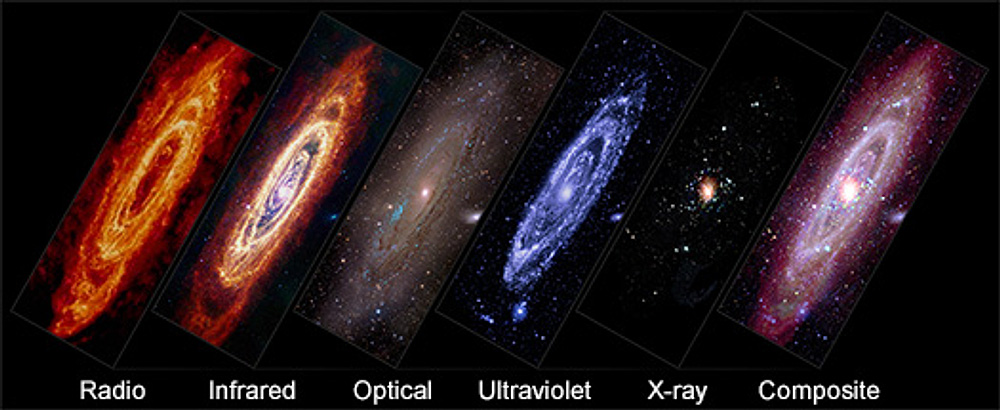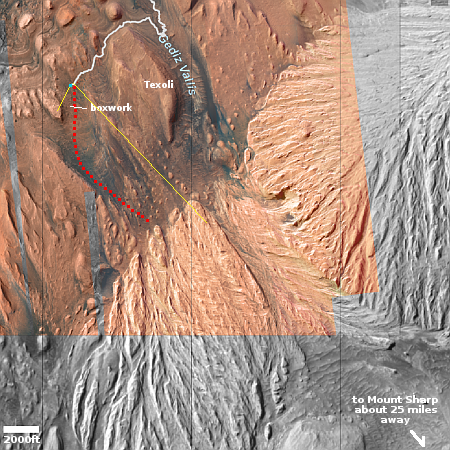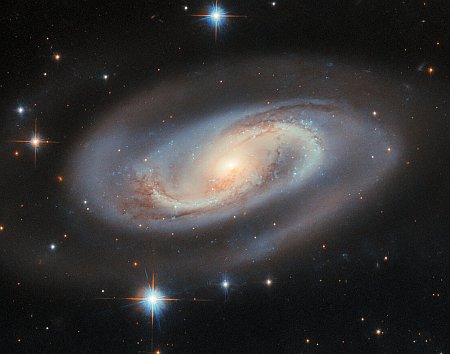Orbex delays first launch from Saxavord until 2026
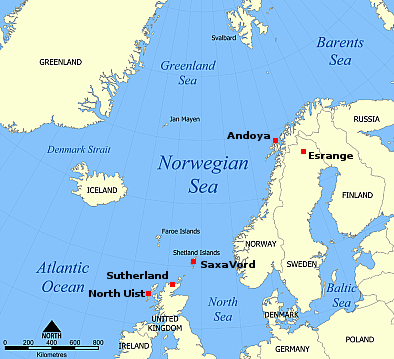
Proposed spaceports surrounding the Norwegian Sea
The rocket startup Orbex has now announced that “infrastructure requirements and engagement with regulators” has forced it to delay the first launch of its Prime rocket from 2025 until 2026.
Orbex at the start of this decade had signed a 50-year lease to launch its Prime rocket from the proposed Sutherland spaceport on the north coast of Scotland. In February 2022 it applied for a launch license, with the hope of launching before the end of that year. For three years it waited for the UK’s Civil Aviation Authority (CAA) to approve that license, to no avail.
Finally in December 2024 it gave up on launching from Sutherland and shifted its plans to the Saxavord spaceport in the Shetland Islands, apparently because that spaceport had been more successful in getting its CAA approvals (though even it had to wait years).
Though the company attributes this new delay as much to getting its launch facility ready at Saxavord, delays caused by British red tape continues to be a systemic and entrenched problem in the United Kingdom. It appears it remains so.

Proposed spaceports surrounding the Norwegian Sea
The rocket startup Orbex has now announced that “infrastructure requirements and engagement with regulators” has forced it to delay the first launch of its Prime rocket from 2025 until 2026.
Orbex at the start of this decade had signed a 50-year lease to launch its Prime rocket from the proposed Sutherland spaceport on the north coast of Scotland. In February 2022 it applied for a launch license, with the hope of launching before the end of that year. For three years it waited for the UK’s Civil Aviation Authority (CAA) to approve that license, to no avail.
Finally in December 2024 it gave up on launching from Sutherland and shifted its plans to the Saxavord spaceport in the Shetland Islands, apparently because that spaceport had been more successful in getting its CAA approvals (though even it had to wait years).
Though the company attributes this new delay as much to getting its launch facility ready at Saxavord, delays caused by British red tape continues to be a systemic and entrenched problem in the United Kingdom. It appears it remains so.







